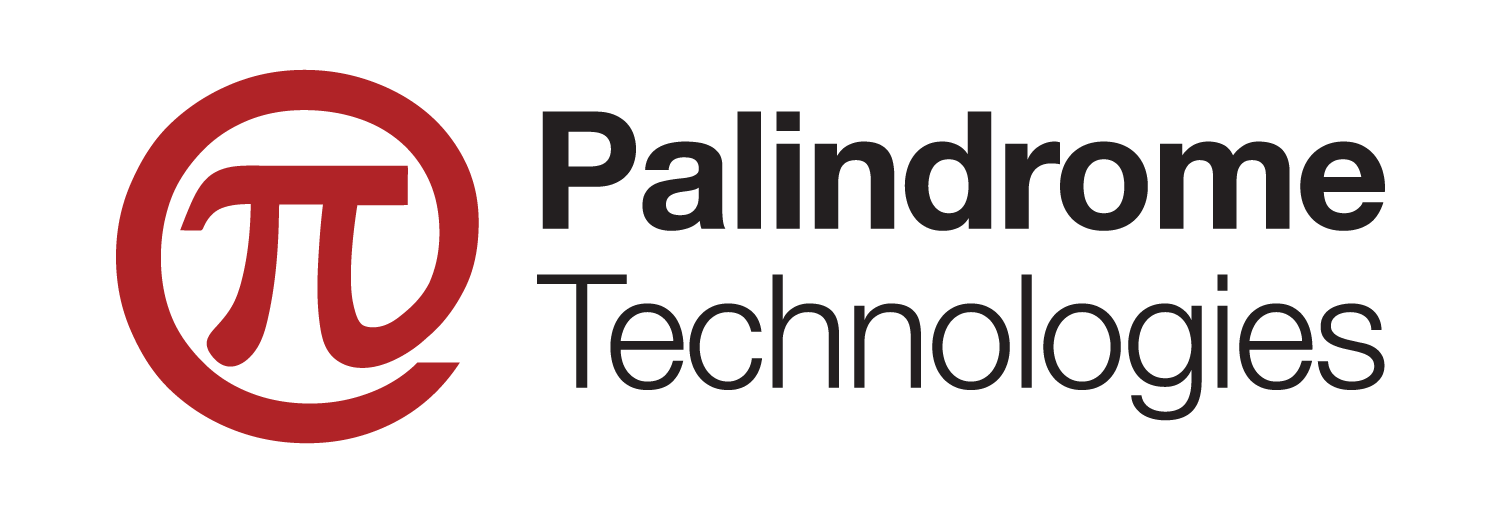Risks are present in all technologies and Palindrome Technologies assists organizations identify and treat specific risks in planned and implemented systems. Palindrome Technologies relies on industry and regulatory guidance to structure risk assessments to provide a comprehensive view of the nature and potential consequences of observed risks and the characteristics of such risks.
Palindrome Technologies IT Risk Assessments explore fundamental risk characteristics of systems, including identification of relevant threats, system vulnerabilities, the impact or consequences the could result from risk events, the probability or likelihood of risk events, and identification of deployed controls and other risk treatments. Palindrome Technologies helps organizations determine the extent of post-control risk that remains after controls are deployed and proven to be operating effectively. This residual risk element is often overlooked, and commonly does not consider the probability of various types of control failures. Therefore, Palindrome Technologies helps clients develop layered risk treatment strategies to promote system and enterprise resilience.
Palindrome Technologies draws from multiple sources of guidance in structuring risk assessments and benchmark customer risk assessment approaches against relevant guidance. This includes evaluating aspects of NIST standards, FFIEC requirements, and other industry-specific guidance. The growing adoption of risk management GRC (governance, risk, and compliance) software has resulted in organizations adopting the risk management practices of particular vendors. In such cases, Palindrome Technologies analyzes the vendor risk software system to determine “gaps” with respect to regulatory guidance and best practices, as well as validating organizations are effectively using the risk management tools they have adopted.
Contact us to discuss how Palindrome Technologies can work with your organization to perform enterprise IT risk assessments and establish effective practices to continuously improve internal IT risk management methods.

